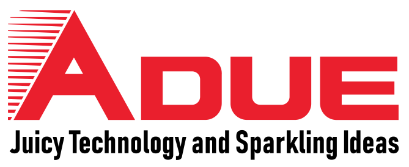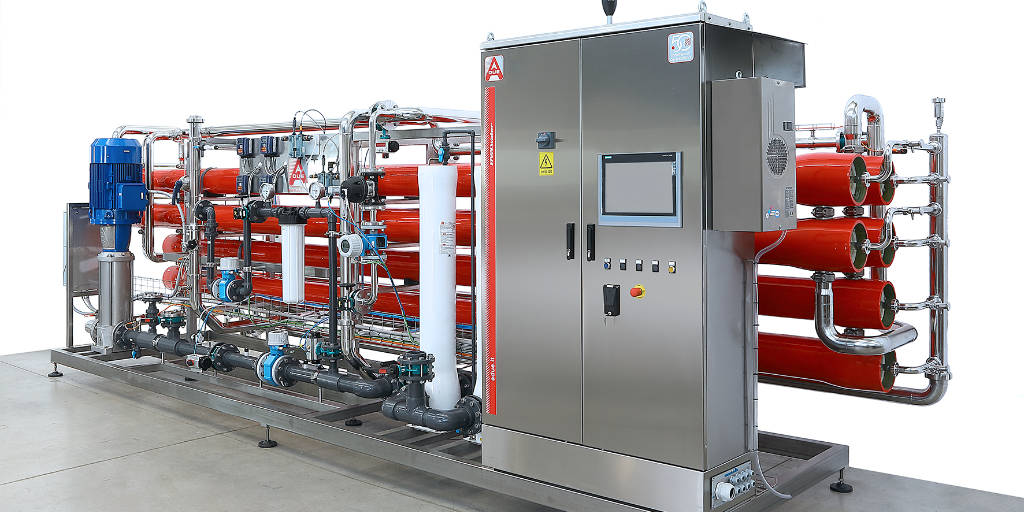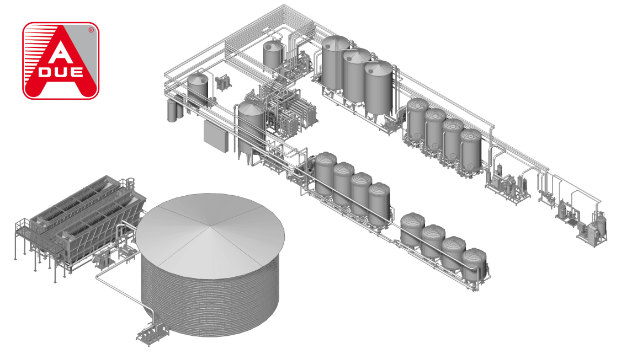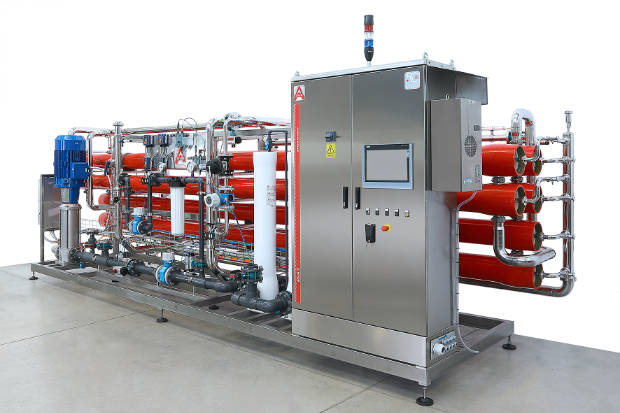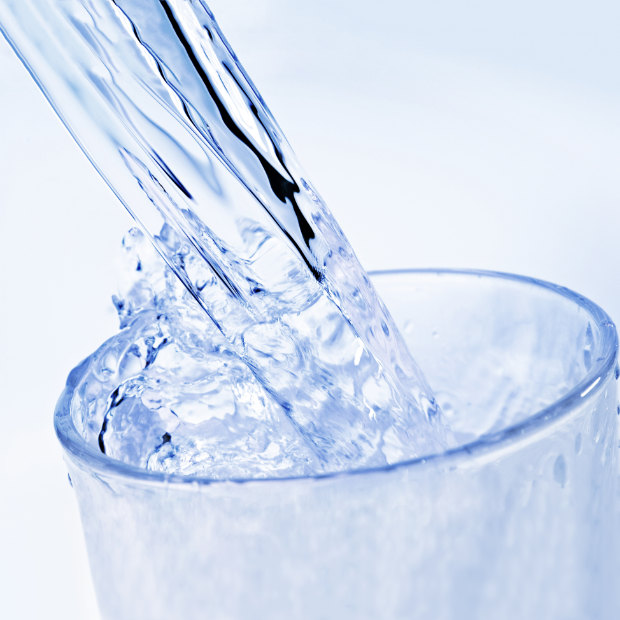A DUE has developed a water pretreatment and treatment system (WTP) for a major PEPSI COLA bottler, ensuring compliance with extremely stringent specifications, despite several critical issues:
1. a high concentration of heavy metals such as aluminium exceeding 3.5 ppm against a limit of 0.2 ppm;
2. raw river water (a variable flow rate and a high pollutant load);
3. high flow rates (230,000 l/h of pretreatment water to obtain a flow rate of 170,000 l/h of treated outlet water),
4. special surface finishes of filters and tanks.
A DUE’s technical proposal includes: self-cleaning filters to eliminate larger foreign material; automatic pressure, temperature and turbidity controls; lamella settlers to ensure high efficiency in the removal of heavy metals, lower consumption of energy and chemical reagents and therefore a low economic and environmental impact.
Specific products are dosed in the sedimentation system that allow the precipitation of aluminium. In lamella settlers thanks to gravity, the heavier parts (sludge) are separated on the bottom and then removed by means of a special extraction pump.
The clarified water comes out of the upper part of the lamella settlers, it is collected and controlled (turbidity of less than 5 microns is guaranteed) and subjected to chlorination of up to 3 ppm of chlorine.
The water is then subjected to FILTRATION, REVERSE OSMOSIS and FINAL TREATMENT.
The FILTRATION section includes: sand filters (to reduce turbidity and remove heavy metal oxides and granular particulates), carbon filters (to reduce turbidity and remove excess chlorine, flavours and odours) and a 5 micron safety cartridge filter. Following PEPSI specifications, the system is complete with a high intensity UV unit.
The transition to REVERSE OSMOSIS allows the removal of dissolved salts. The system consists of two two-stage osmosis systems, with a capacity of 85,000 litres/each.The treatment is carried out using high-performance membranes.
The FINAL TREATMENT, after Reverse Osmosis, consists of a second chlorination section followed by a series of carbon filters. The water then enters storage tanks equipped with an EASY.AirBox air purifier. This is followed by a 5 micron sanitary filtration, a final UV lamp, a 1 micron safety filtration and a 0.6 micron bacteriological filtration.
The water obtained in this way (170,000 l/h in total) feeds 140,000 l/h to the juice and soft drink preparation system serving 5 fillers (glass, can and three PET). The remaining 30,000 l/h are first sent to an A DUE Ozonizer and then to another water filling line.
